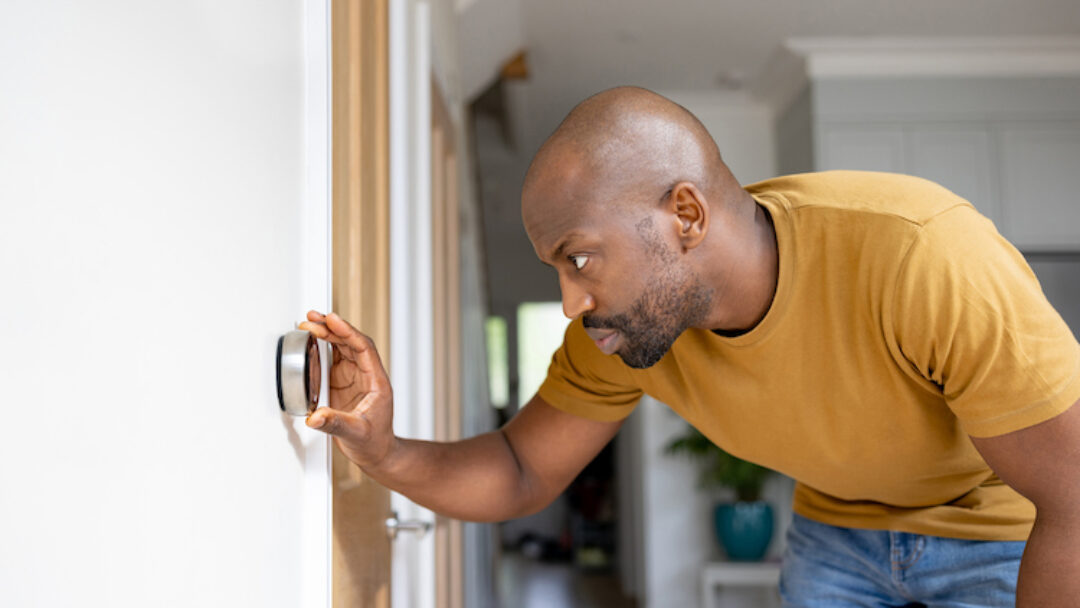The heat is coming and that means utility prices are about to climb. We are all too familiar with the hefty energy bills that arrive in our mailboxes each month. Understanding how our homes consume energy is the first step toward reducing those costs. By gaining insight into the factors that contribute to high energy consumption, we can make informed decisions that will help us unlock savings.
The Importance of Energy Efficiency
Energy efficiency is not only good for our wallets; it is also crucial for the environment. By reducing our energy consumption, we can significantly lower our carbon footprint and contribute to a more sustainable future. Additionally, improving energy efficiency in our homes can enhance our overall comfort and well-being. So, let’s explore some practical tips to slash our home energy costs while making a positive impact on the planet.
Factors that Contribute to High Energy Costs
Before we delve into energy-saving strategies, it’s important to understand the factors that contribute to high energy costs. Inefficient appliances, poor insulation, and outdated weatherization techniques are common culprits. Additionally, our energy usage habits, such as leaving lights on unnecessarily or running appliances on standby mode, can also lead to excessive energy consumption. By addressing these factors, we can take significant steps toward reducing our energy costs.
Conducting a Home Energy Audit
To identify areas of improvement and prioritize our energy-saving efforts, it is essential to conduct a home energy audit. This audit involves a thorough examination of our home’s energy usage patterns, insulation quality, and appliance efficiency. By using specialized tools and equipment, or by consulting with professionals, we can gain valuable insights into our energy consumption and identify areas where improvements can be made. This audit will serve as a roadmap for implementing energy-saving measures effectively.
Simple Changes for Energy Savings
Sometimes, small changes can make a big difference. By adopting a few simple habits, we can significantly reduce our energy consumption and unlock substantial savings. For instance, turning off lights and appliances when not in use, utilizing natural light during the day, and adjusting our thermostats to optimal temperatures can go a long way in conserving energy. Additionally, using energy-efficient light bulbs and installing low-flow showerheads and faucets can further enhance our energy-saving efforts.
Upgrading to Energy-Efficient Appliances
One of the most effective ways to reduce energy costs is by upgrading to energy-efficient appliances. Modern appliances are designed to consume less energy while delivering the same, if not better, performance. When shopping for new appliances, look for the Energy Star label, which indicates that the product meets strict energy efficiency standards. By replacing our outdated refrigerators, washing machines, and dishwashers with energy-efficient models, we can save a substantial amount on our energy bills in the long run.
Insulation and Weatherization Techniques
Proper insulation and weatherization are essential for maintaining a comfortable indoor environment while reducing energy consumption. Insulation helps to prevent heat transfer, keeping our homes warm in winter and cool in summer. Weatherization techniques, such as sealing air leaks and insulating windows and doors, further enhance energy efficiency. By investing in insulation and weatherization improvements, we can reduce our reliance on heating and cooling systems, leading to significant energy savings.
Harnessing the Power of Renewable Energy
Renewable energy sources, such as solar and wind power, offer a sustainable and cost-effective alternative to traditional energy sources. By harnessing the power of the sun or wind, we can generate clean energy to power our homes. Installing solar panels on our rooftops or investing in wind turbines can help us become more self-sufficient and reduce our reliance on the grid. While the initial investment may be significant, the long-term benefits in terms of energy savings and environmental impact make it a worthwhile endeavor.
Smart Home Technology and Energy Management
Advancements in technology have paved the way for smart home systems that can optimize energy consumption. Smart thermostats, for example, can learn our heating and cooling preferences and adjust accordingly, ensuring optimal comfort while minimizing energy waste. Similarly, smart lighting systems can automatically turn off lights in unoccupied rooms, saving energy effortlessly. By investing in smart home technology, we can take our energy-saving efforts to the next level and unlock even more significant savings.
Government Programs and Incentives for Energy Efficiency
Many governments offer programs and incentives to encourage homeowners to improve their energy efficiency. These programs may include grants, tax credits, or subsidized loans for energy-saving upgrades. Additionally, utilities companies often provide rebates for energy-efficient appliances or home improvements. By taking advantage of these incentives, we can offset some of the costs associated with energy-saving measures, making them more accessible and affordable.
Reducing our home energy costs is a goal that benefits both our wallets and the environment. By understanding our energy usage patterns and implementing energy-saving techniques, we can unlock significant savings while contributing to a more sustainable future. From conducting a home energy audit to upgrading to energy-efficient appliances and harnessing the power of renewable energy, there are numerous steps we can take to slash our home energy costs.








